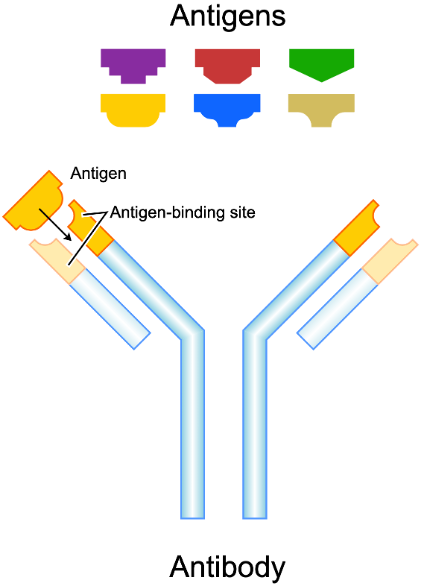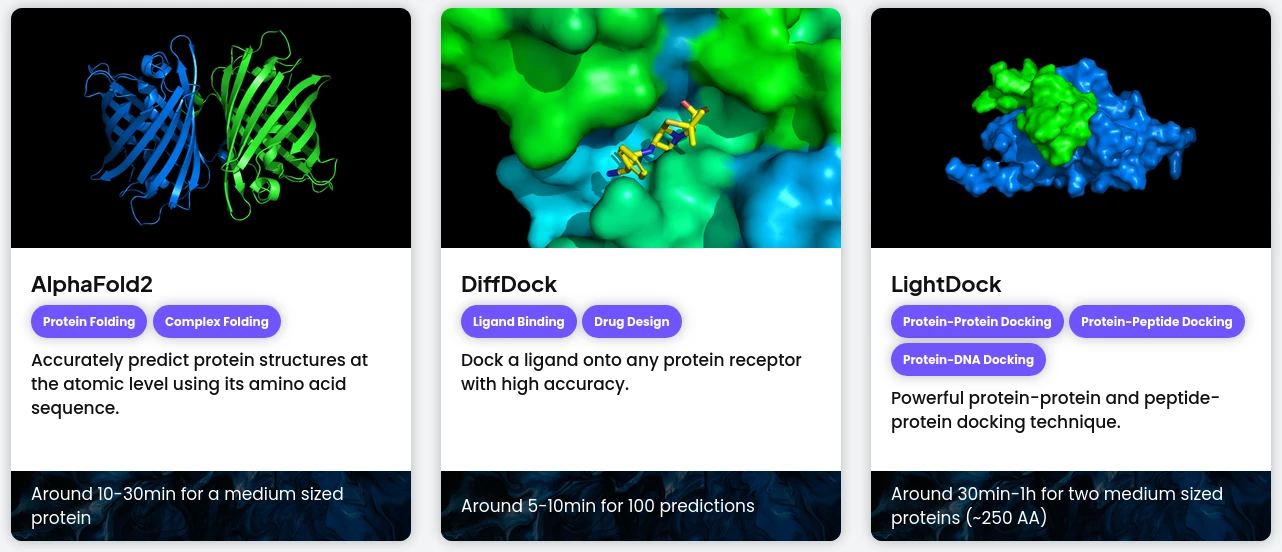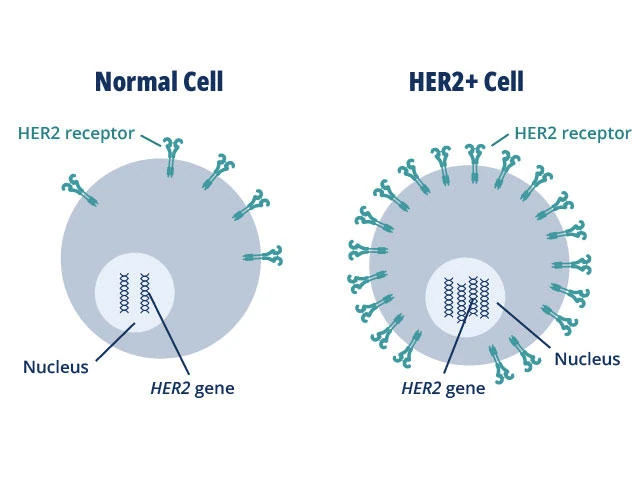Unveiling the World of Antibodies: Advanced Technology and Its Impact on Medical Breakthroughs
Written by Amélie Lagacé-O'Connor | Published 2023-7-26
Written by Amélie Lagacé-O'Connor | Published 2023-7-26
Have you ever wondered how our immune systems are able to protect the body and fight the many threats it faces? Well, in this post we will dive into the extraordinary world of antibodies and how advanced software has allowed scientists and researchers to uncover the secrets behind their interactions and structure.
Antibodies, also known as immunoglobulins (Ig), play a vital role in helping our bodies fight off foreign invaders like bacteria, viruses, and other pathogens. When antibodies are dysfunctional or absent, individuals face increased susceptibility to infections, a weaker response to vaccines, and an increased risk of autoimmune disease, among many other challenges. When functional, their effectiveness lies in their ability to bind to other proteins and large molecules to combat harmful pathogens successfully. By using cutting-edge molecular docking and protein prediction technology, researchers gain valuable insights into the intricacies of these interactions, which, in turn, empower them to develop more potent and effective therapeutics.
As previously stated, antibodies play a key role in helping the body fight foreign invaders by interacting with other proteins known as antigens. Antigens are typically located on the surface of the foreign invaders, enabling the antibodies to directly neutralize the pathogen or mark if for destruction after binding. The remarkable ability of antibodies to recognize and bind to specific antigens results in a highly effective immune response.
Furthermore, the structure of antibodies significantly contributes to the specificity of the interactions. Generally, antibodies take-on a large Y-shaped form, made-up of two identical light chains and two identical heavy chains. The tips of the Y contain the variable regions (Fab), giving it specificity, while the stem consists of the constant regions (Fc), participating in essential effector functions like activating complement proteins. This complex architecture enables our bodies to recognize and fight a vast array of foreign invaders, making our immune system a formidable force in safeguarding our health.

Using advanced technology provided by Neurosnap, such as predicting protein structure and employing molecular docking using services like LightDock, enables us to thoroughly assess interactions between antibodies and their specific antigen. By predicting the structure of the antibody, we can understand the spatial arrangement of the atoms within the antibody, providing critical information on its function and identifying possible binding sites for antigens. Armed with this knowledge, researchers can design targeted therapeutics and vaccines that focus on specific antibodies, revolutionizing medical treatment approaches.
Molecular docking technology also serves as a valuable tool in antibody research. Through computational simulations, researchers can accurately predict the interaction between an antibody and its antigen, thus enabling them to identify potential binding sites where the antibody can effectively interact with the antigen. With both the tools of predicting protein structure and molecular docking at their disposal, researchers have the ability to optimize antibodies for increased stability, altered effector functions, and enhanced antigen binding. Ultimately, this leads to better medical treatments, ranging from fighting infections to developing vaccines that advance preventative medicine.

One example which demonstrates the impact and usefulness of molecular docking in antibody research lies in the development of monoclonal antibodies effectively targeting specific cancer-related antigens. Specifically, researchers harnessed cutting-edge protein structure prediction technology and molecular docking to analyze the three-dimensional structure of HER2—an antigen commonly overexpressed in certain breast cancers. Through simulations of its interaction with potential antibodies, the researchers believed that unraveling the intricate nuances of this interaction could pave the way for potent cancer-fighting tools. Their research ultimately paid off, resulting in the identification of precise regions on HER2 that could be targeted by an antibody.

Guided by the information that resulted from the application of advanced technology and engaging in many iterative rounds of design and optimization, scientists achieved a ground-breaking milestone—the successful development of a drug called Herceptin. This extraordinary drug exhibits very high affinity to the extracellular domain of the HER2 antigen. Consequently, it effectively blocks the signaling pathway of HER2, inhibiting cancer growth, and promoting the immune system’s attack on the cancer cells. The drug Herceptin has dramatically improved the treatment outcomes for patients with HER2-positive breast cancer, as stated in a 2020 article by Patel, Unni, and Peng.
Through advanced technology, we have unveiled the remarkable world of antibodies and their interactions. By understanding the structure of these proteins and their interactions with antigens, we have achieved significant strides in developing more effective therapeutics and vaccines. With their distinctive Y-shaped structure, antibodies defend with high specificity against diverse invaders. A stand-out example is the development of the drug Herceptin, developed by analyzing HER2—an antigen overexpressed in breast cancer. Herceptin’s high specificity improves treatment outcomes for HER2-positive patients, offering hope in the fight against cancer. This ongoing journey promises transformative breakthroughs, empowering us to shape innovative therapies and enhance human health.
By Amélie Lagacé-O'Connor
By Danial Gharaie Amirabadi
By Danial Gharaie Amirabadi
By Amélie Lagacé-O'Connor
By Danial Gharaie Amirabadi
By Danial Gharaie Amirabadi
Register for free — upgrade anytime.
Interested in getting a license? Contact Sales.
Sign up free